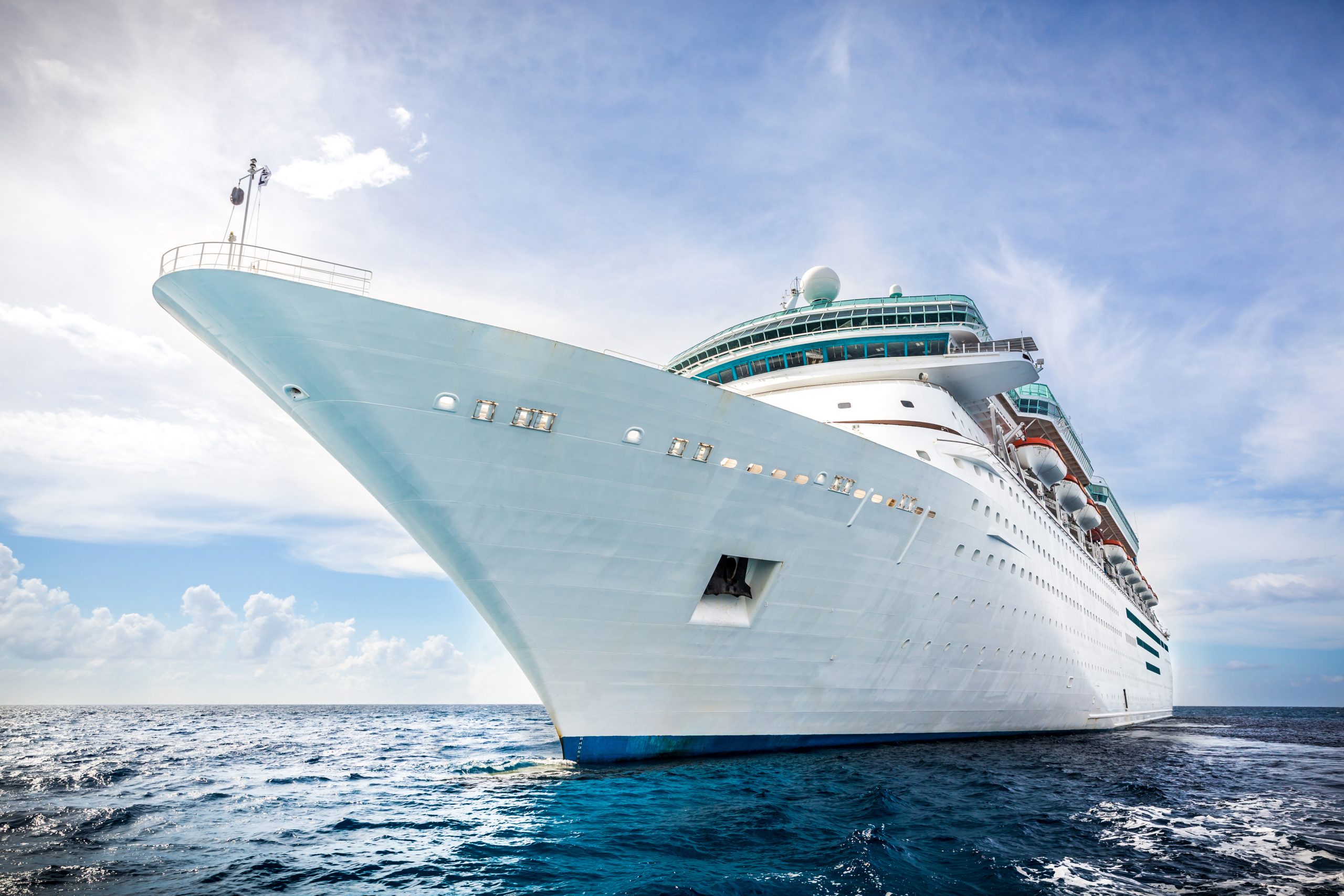Coastal and marine tourism is enormous in many ways: in its physical range across the planet, in the volume of human interactions, in the diversity of tourism product and service types.
Consider the number of subsectors engaged in the coastal and marine tourism sector: hotels and resorts large and small; boats and ships with marinas and massive ports, often side by side with the far greater freight shipping trade; various attractions, including marine-themed parks, souvenirs, restaurants, guide services, scuba and snorkel, swimming and sunning, and the like. And each of these has its own large and diverse supply chain.
Considering that enormity and diversity, here is the way I categorise the three greatest shifts required for more sustainable forms in 2030 and 2050:
- Ship and boat operations made more climate-friendly both at sea and in port
- Governance and public policy enhancements
- Waste management improvements in coastal regions
The path to more climate-friendly
The transition to net zero or better for leisure tourism cruising and boating with regard to climate and localised pollution involves a number of elements. Most vessels release significant carbon emissions. In other words, there are distinct challenges for ships and boats of all sizes, and in a variety of locales.
Most ships built in the past 15 years have cleaner and more efficient systems that emit less carbon than in the past. More can and should be done, which I’ll comment on below regarding governance and policy.
While in port, the next steps that can have the greatest impact on greenhouse gas (GHG) emissions from ships need to be taken by public utilities and policymakers to maximise the benefits of recent ship technological (and also waste management) solutions.
Portside electrification is the key here. Consider this: if a large ship remaining in port for hours or days leaves its engines running the entire time, it is emitting localised air pollutants, globally impactful greenhouse gases, noise irritations to the local residents and visitors, and churning water and rapidly changing temperatures that may harm marine life. Conversely, if the ship plugs in to portside electrification, these harmful impacts are reduced or eliminated. Globally, electricity generation is shifting to cleaner forms such as wind, solar, and hydro; whereas ship engines remain quite dependent on GHG-producing fossil fuels. Therefore, a quick shift to portside (aka shoreside) electrification is needed.
The European Union has taken an important step in this regard by mandating portside electrification for ships at all EU-based ports, to be completed by 2030. More ports and nations should set target years to require it.
Coastal hotels, resorts, attractions, land transport providers, restaurants and any other tourism businesses are picking up the pace but all have far to go to reduce carbon emissions. The move to clean-energy buses, vans and rental cars could and should be much faster.
Governance and policy
The International Maritime Organization (IMO) is a special agency of the United Nations. It provides guidance to the shipping industry on sustainability and other policy matters. National governments that sign on to IMO agree to enforce its requirements. That enforcement is strong in some cases, weak in many others. The IMO 2020 scheme requires a reduction in sulphur content in fuels for ships that needs to be enforced with particular vigilance.
The common practice of registering ships under ‘flags of convenience’ enables many cruise lines to register their ships in countries with lax labour and environmental protection laws and regulations in order to minimise operating costs. EU regulations on shipping are vitally important because they are among the most rigorous, and the volume of business in EU waters where they have enforcement powers is significant. Other developed economies rarely see major portions of a ship’s sailing itinerary within their national waters, making enforcement a greater challenge. Less developed countries tend to have lax laws. Therefore, collectively, enforcement of IMO requirements and national requirements are not as strong as is needed to solve the critical environmental issues quickly.
Port authorities have begun to understand the need to consider environmental and community impacts in the issuance of entry permits. In recent years they have begun to coordinate their work with that of the regional or local tourism agencies in their public jurisdictions. More engagement of this sort is needed in more places.
Beaches and other coastal areas suffer from constant rubbish washing ashore. And all too many suffer greatly from a lack of visitor management, causing localised pollution and waste. Only after extreme conditions occurred in recent years were some Southeast Asian beaches closed and good practices put in place (with more or less enforcement mechanisms) to allow nature to regenerate. Much more can be done in this regard on such issues as local policy and enforcement, trade association promotion of good practices, education of all players on the imperatives for improvement, beach clean-up campaigns and reduction of single-use plastic.
The Blue Flag program for beaches and marinas has been growing from its original European base to more regions of the world; this should be encouraged in all coastal areas to benefit from their educational programs and guidance on good practices.
Destination management organisations should immediately set five-year targets for conversion to all or mostly electric vehicle usage by the rental car companies at their destinations. This sort of pre-competitive requirement is fair to all companies because any impact on their operating costs is shared by their competitors.
Waste management
There are several forms of waste: rubbish, sewage, water, leakage and spillage. Much of this is managed of course by public utilities, outside the direct control of the tourism industry and local or regional tourism authorities.
As with design and build developments that reduce previous amounts of carbon emissions, virtually all new ship builds of the past 15 years have included the application of state-of-the-art technologies for onboard waste management. At port, as with portside electrification, ships depend on the port authorities to have in place good systems for waste treatment.
Many other types of tourism businesses also can be transformational by engaging in better forms of waste management in coastal areas. All tourism players can lead the way at coastal destinations by practicing exceptional waste reduction. Hotels, local tour operators, restaurants, shops and other businesses can work collectively through their trade associations and government agencies to improve waste management locally. They can follow the lead of many of their peers by sending their staff on paid days for beach clean-up.
Oil and gas spillage seems not to receive much attention, but there are many popular bays with inadequate fuelling facilities, local regulatory requirements and/or enforcement of pollution control laws and norms. Picture a bay with swimmers, countless small boats, paragliders and the like. In many such bays you’ll not find proper fuelling depots but instead oil or gas drums on the shore with crude approaches to filling the tanks of the vessels. Circulation of the bay’s water is by nature somewhat limited, and a very localised form of pollution develops that is harmful to both wildlife and human visitors.
Final thoughts
Hopeful signs abound, but implementation requires increased commitment from more players in both the public and private sectors.
During the COVID-19 pandemic, most cruise lines retired and dismantled older ships well ahead of previously planned pacing. This is a case of ‘build back better’ occurring by virtue of the dramatic loss of business and the high cost of maintaining idle ships. So we emerge from the pandemic with a generally newer and cleaner fleet of ships.
Sustainable certification has recently been applied to leisure cruising. The organisation I lead, the Global Sustainable Tourism Council (GSTC), accredits good certification for destinations, hotels and tour operators. In 2016 Royal Caribbean Cruise lines began offering preferred contracting terms to shore excursion operators that are certified to the GSTC’s rigorous standards. In 2019 MSC Cruises adopted the same formula. Now, MSC Cruises has begun pursuit of sustainable ship certification through the Green Award, a program started in the late 1990s by the Port of Rotterdam for freight ships, and recently began offering its certification award to leisure ships.
‘Destination Stewardship’ principles are increasingly applied by the public and private sectors. We at the GSTC accredit good certification for destinations, an approach that is gaining adherents. We have also worked closely with the Cruise Lines International Association (CLIA) and Royal Caribbean to conduct objective assessments of many cruise port destinations to our global standard, the GSTC Destination Criteria[1].
Let’s applaud the efforts and plans that CLIA has put in place for collective action, and call on the entire industry to join in these efforts and meet or exceed all IMO and national regulations and guidelines.
—–
[1] Global Sustainable Tourism Council, “GSTC Destination Criteria,” https://www.gstcouncil.org/for-destinations/.


 Previous
Previous


